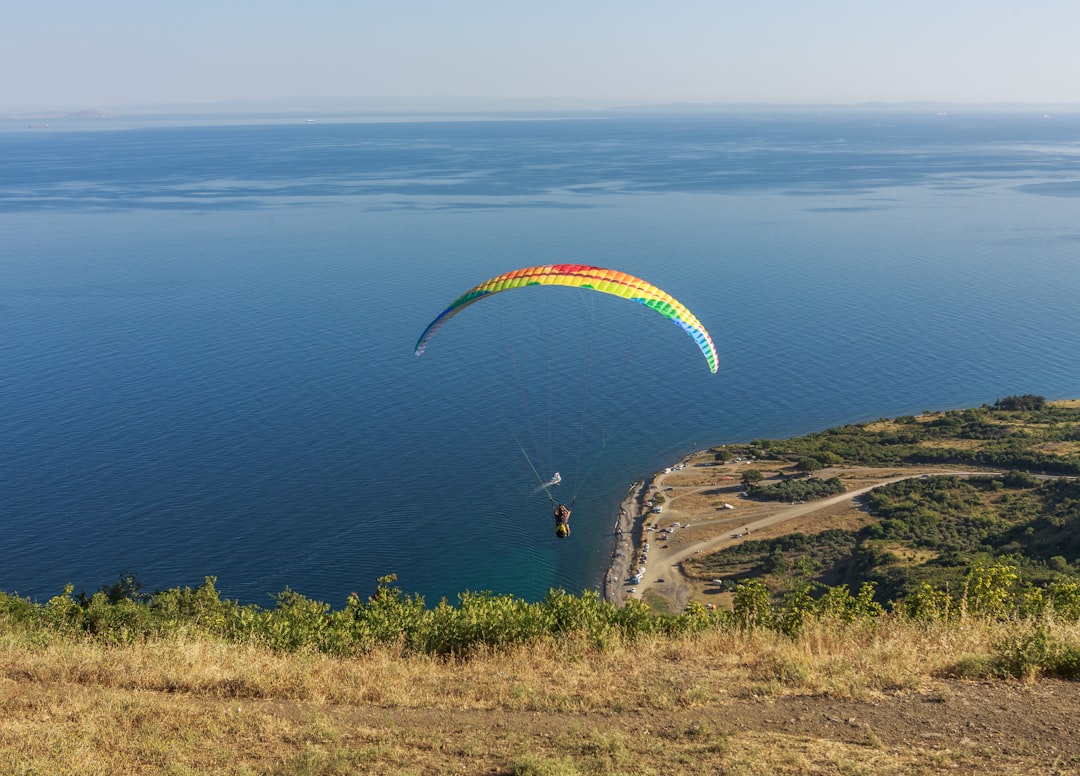
The Ultimate Travel Planning Checklist: Your Go-To Guide for Smooth Travels.
# Introduction. Traveling can be one of the most exhilarating experiences of our lives, offering a break from routine and an opportunity to explore new places, cultures, and adventures. However, the excitement can quickly turn to stress if one is not thoroughly prepared. That's where a comprehensive travel planning checklist comes in handy. A well-structured checklist ensures that nothing important slips through the cracks and helps you avoid those last-minute panics. In this guide, we’ll walk you through the essential components of an ultimate travel planning checklist that will make your travel preparations a breeze. # 1. Before You Start: Research Your Destination. Before you even start packing your bags, the first step in travel planning is researching your destination. This includes understanding the local culture, climate, currency, and language. You should also familiarize yourself with local laws and customs to avoid any faux pas. For example, if you're traveling to Japan, knowing that it's considered rude to point at things can make a huge difference in your interactions. Consider creating a travel journal or digital folder to gather all the information you find. # 2. Finalizing Travel Dates and Itinerary. Once you have a clear understanding of your destination, the next step is to finalize your travel dates and create an itinerary. This should include not just your flight details but also accommodation, local transportation, and must-visit attractions. Services like Google Maps can help you get an idea of how long you'll spend at each site and efficiently plot out your travel route. Don't forget to account for downtime and flexibility in your plans to enjoy spontaneous adventures along the way. # 3. Booking Your Accommodations and Transportation. With dates and an itinerary locked in, the next priority is to secure accommodations and transportation. Whether you prefer hotels, hostels, or vacation rentals, it's crucial to compare prices across various platforms for the best deals. Similarly, transportation options should be weighed. Depending on your destination, you may choose to fly, take a train, or opt for car rentals. Consider reading reviews from other travelers to gauge the quality of the options you're considering before you book. # 4. Preparing Essential Travel Documents. Your travel documents are just as important as the trip itself. This section of your checklist should include your passport, identification, visas (if necessary), vaccination certificates, and any booking confirmations for flights and accommodations. Always check the expiration date of your passport, as many countries require it to be valid for at least six months beyond your travel dates. Consider making photocopies of all important documents and store them separately in case of loss or theft, as this can save you a great deal of trouble abroad. # 5. Packing Strategically for Your Trip. Packing can be one of the most daunting tasks in travel planning, but it doesn’t have to be. Start by making a packing list tailored to your destination’s climate and activities. For example, if you're heading to a tropical location, you'll want lightweight clothing and swimwear, while a winter destination would require heavier attire. Layering clothes can also maximize outfit options without taking up much space in your luggage. Don't forget essentials like toiletries, chargers, and first aid supplies. # 6. Preparing for Home Before You Leave. It’s easy to get so absorbed in preparing for your upcoming adventure that you overlook what to do at home before leaving. Create a checklist for home preparation: make arrangements for your pets, suspend mail delivery, and inform your neighbors about your absence. Make sure to secure your home by locking windows and doors, unplugging electronics, and setting timers for lights to deter any potential break-ins. Knowing that your home is safe allows you to travel with peace of mind. # Conclusion. In conclusion, thoughtful travel planning can turn your dream trip into a reality while eliminating the stress that often accompanies it. By utilizing this ultimate travel planning checklist, you can ensure that you've covered all essential bases from research and packing to securing accommodations and preparing for your home. Remember, the goal is to focus on your journey and experience the beauty of our world. Happy travels! .








